Here’s Why You Should Be Buying Vintage Luxury Watches
These timeless timepieces are always a smart investment.
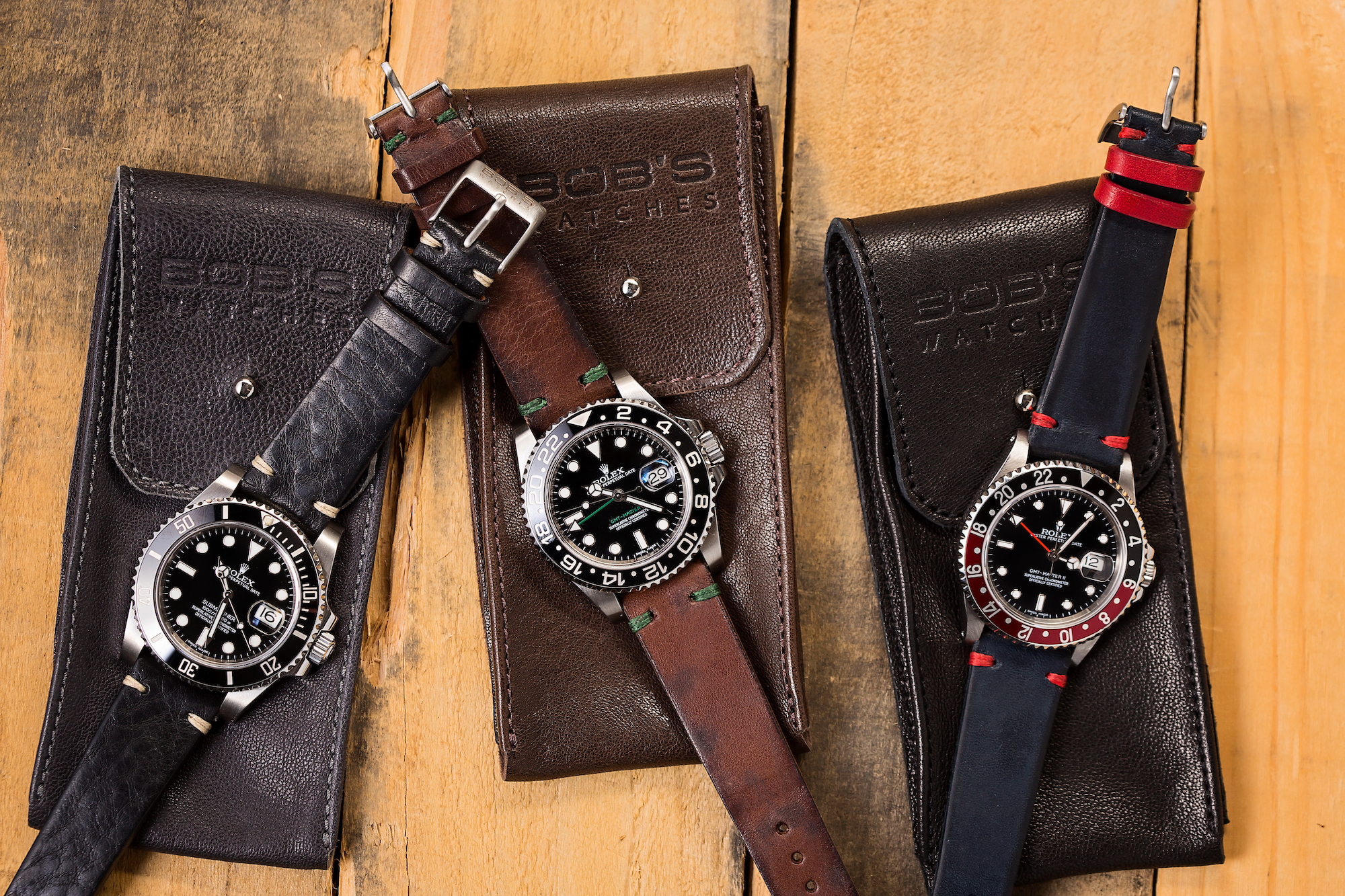
When the Patek Philippe Henry Graves Supercomplication watch was auctioned for about $24 million in 2014, the bidding was limited to the rarified few who could afford such an exorbitant price tag.
Whether they were interested in the piece as an investment (it had sold for less than half that much at its previous public offering in 1999) or as a unique collector’s piece unmatched in horological history, we cannot say.
But in the last few years, this combination of investment potential and collector enthusiasm has led to a thriving vintage watch market, one in which motivations may be unclear, but the potential profits and growing number of interested buyers is readily apparent.
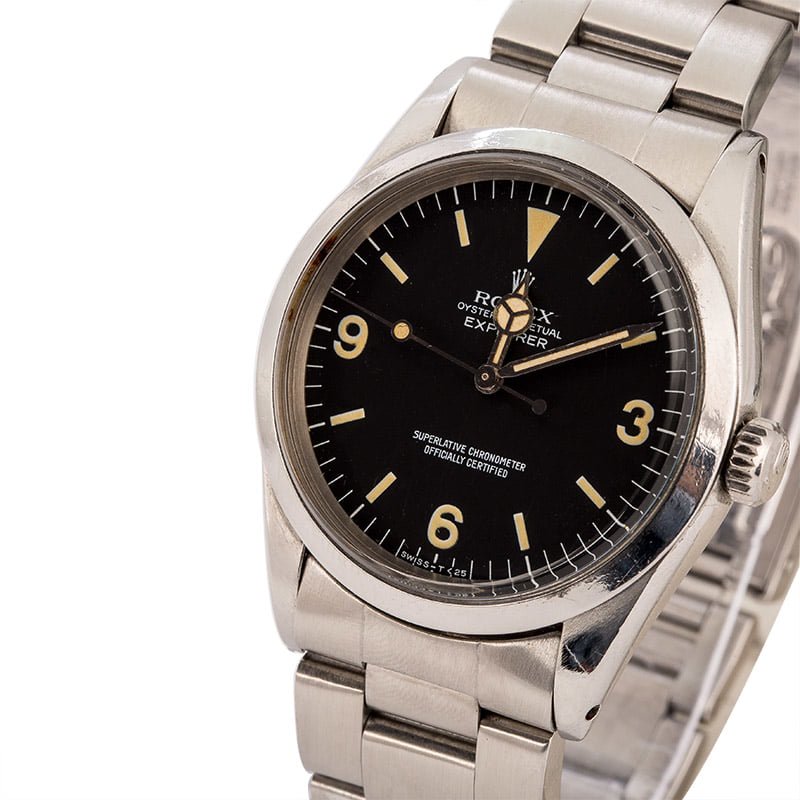
Perhaps the most significant trend is the way in which the market has expanded. Now the burgeoning industry includes not only multimillion-dollar offerings, but options at price ranges accessible to non-millionaires, especially young and upcoming collectors.
Just like with their billionaire counterparts, many of these younger enthusiasts not only see the style and image that comes with a beautifully designed vintage Rolex, Patek or Omega, but the economic stability and investment potential as well.
Paul Altieri, founder and owner of online luxury watch boutique Bob’s Watches, as well as one of the world’s top Rolex collectors, explains that the increased activity “has really been going on for quite some time, several decades in fact.”
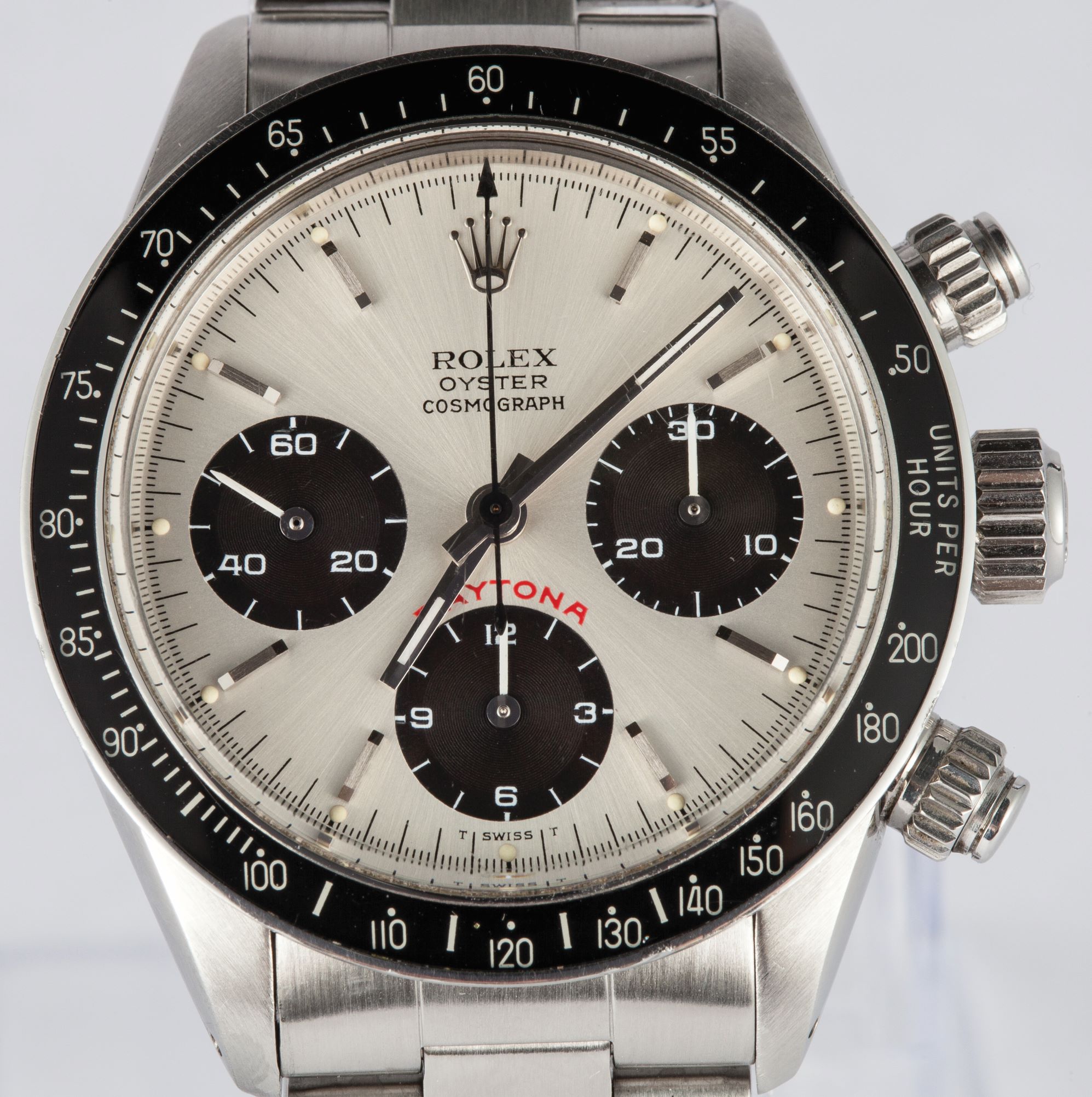
However, watch collecting “has substantially increased in popularity over the past five years partly because of all the media attention it has received, the increase in values, most notably for vintage Rolex watches, and social media sites like Instagram. It has also been fueled in part by growing economies in Asia.”
The latter point is particularly significant as Phillips, the action house that sold Paul Newman’s personal Rolex Daytona for a record-breaking $17.8 million in 2017, announced plans to stage the world’s first-ever watch auction curated by an Asian collector in Hong Kong last May.
The move came on the heels of a series of record-breaking watch sales in the former British colony. The vintage offerings were set to include highly coveted models from the likes of Rolex, Patek Philippe, Audemars Piguet, IWC, Omega, and more.
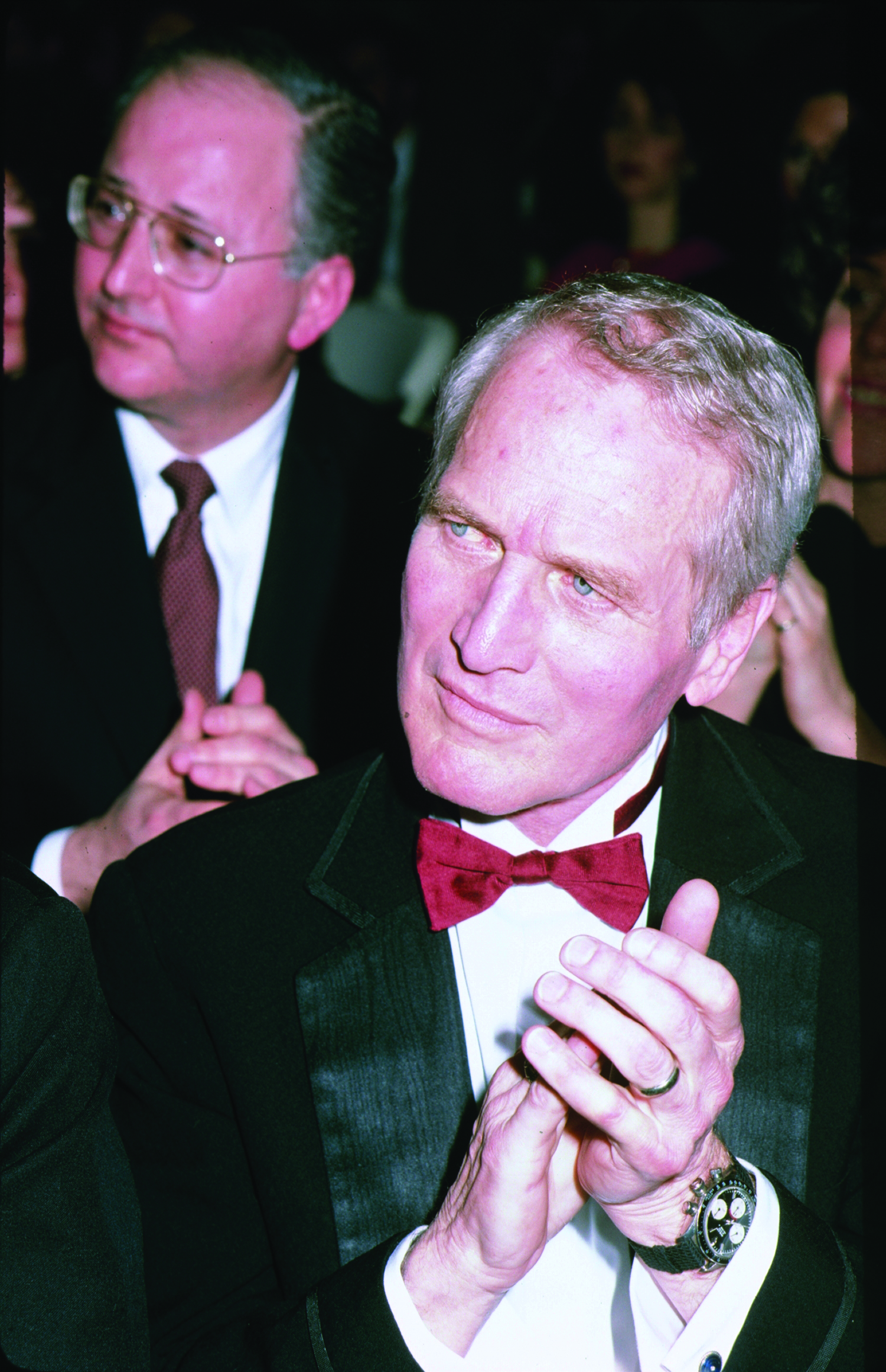
So while the number of interested buyers has grown, and the range of vintage watches desired by collectors has followed suit, there still remain the basic factors in desirability and value.
“I think it still comes down to the same basic principles of rarity, scarcity, and desirability,” Altieri says.
Once you’ve begun your collection, watches offer a utility and practicality rare in most investment opportunities. You can’t wear a stock or bond to a dinner party, or bring a painting or classic car into a boardroom.
But a fine vintage timepiece is one of the few options that allow you to invest in something practical that you can actually use every day. Sure, one might be cautious with that much money on one’s wrist, but again, this is what makes the current trend so appealing.
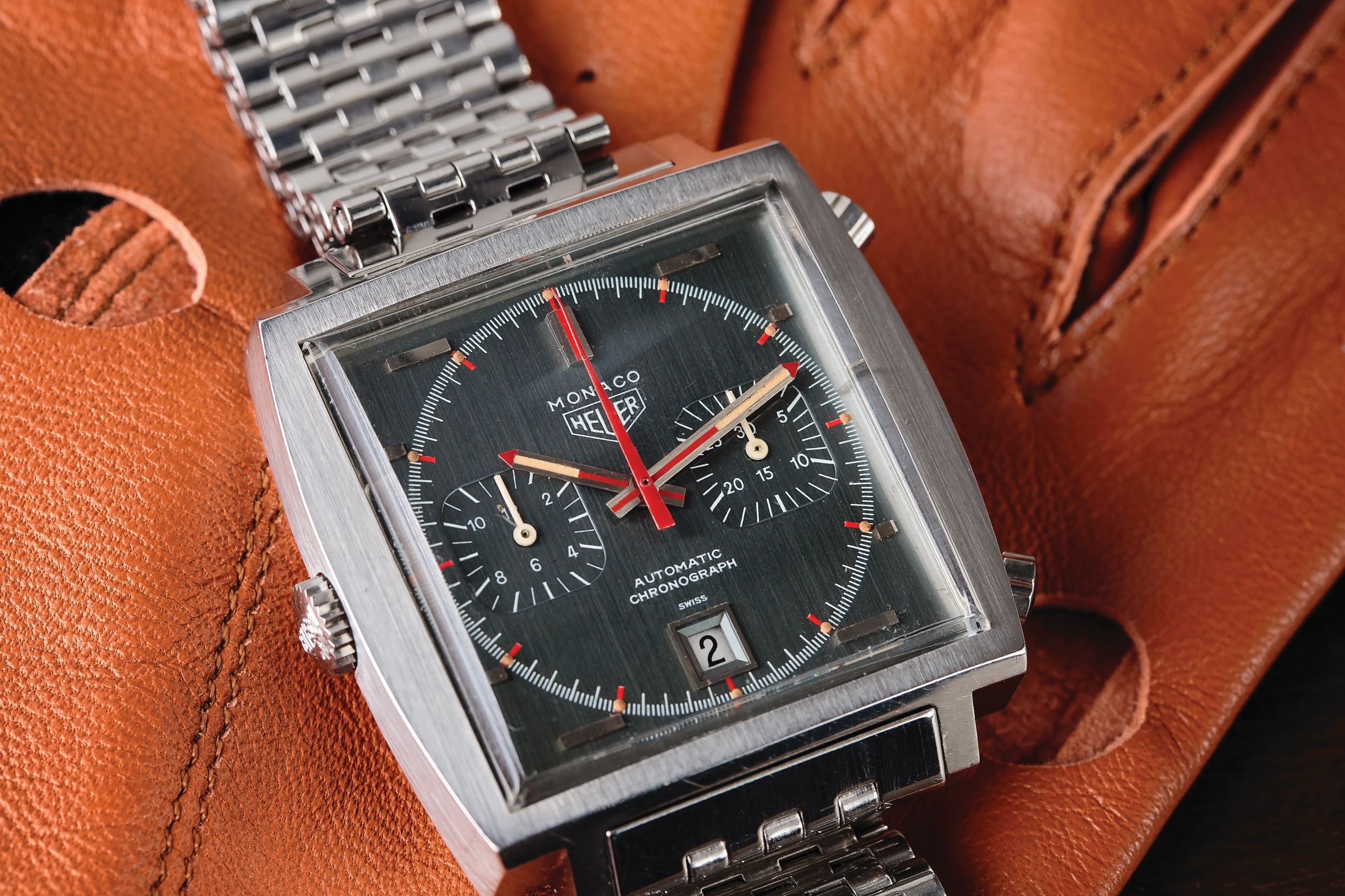
According to Altieri, “Most of these watches, like Rolex, are very durable and were made to be worn and used and enjoyed. I wear most of mine.”
The younger generation is getting wise to these developments, and whether they’re devout watch collectors, pure profit-focused investors, or somewhere in the middle, they are not only expanding the market but redefining the very demographics of the marketplace.
We spoke with David, who’s under-30 and works in finance, about this thoughts on the subject. The young collector had always liked watches, but it wasn’t until the growth of online resources, communities, websites and marketplaces, that he started collecting with purpose.
Now the owner of both a vintage Rolex Explorer I and a Longines Silver Arrow dating from 1955 (among others), which he considers the building blocks of a significant collection to come, he is one of those who leans towards a passion for collecting over investing when it comes to his horological purchases.
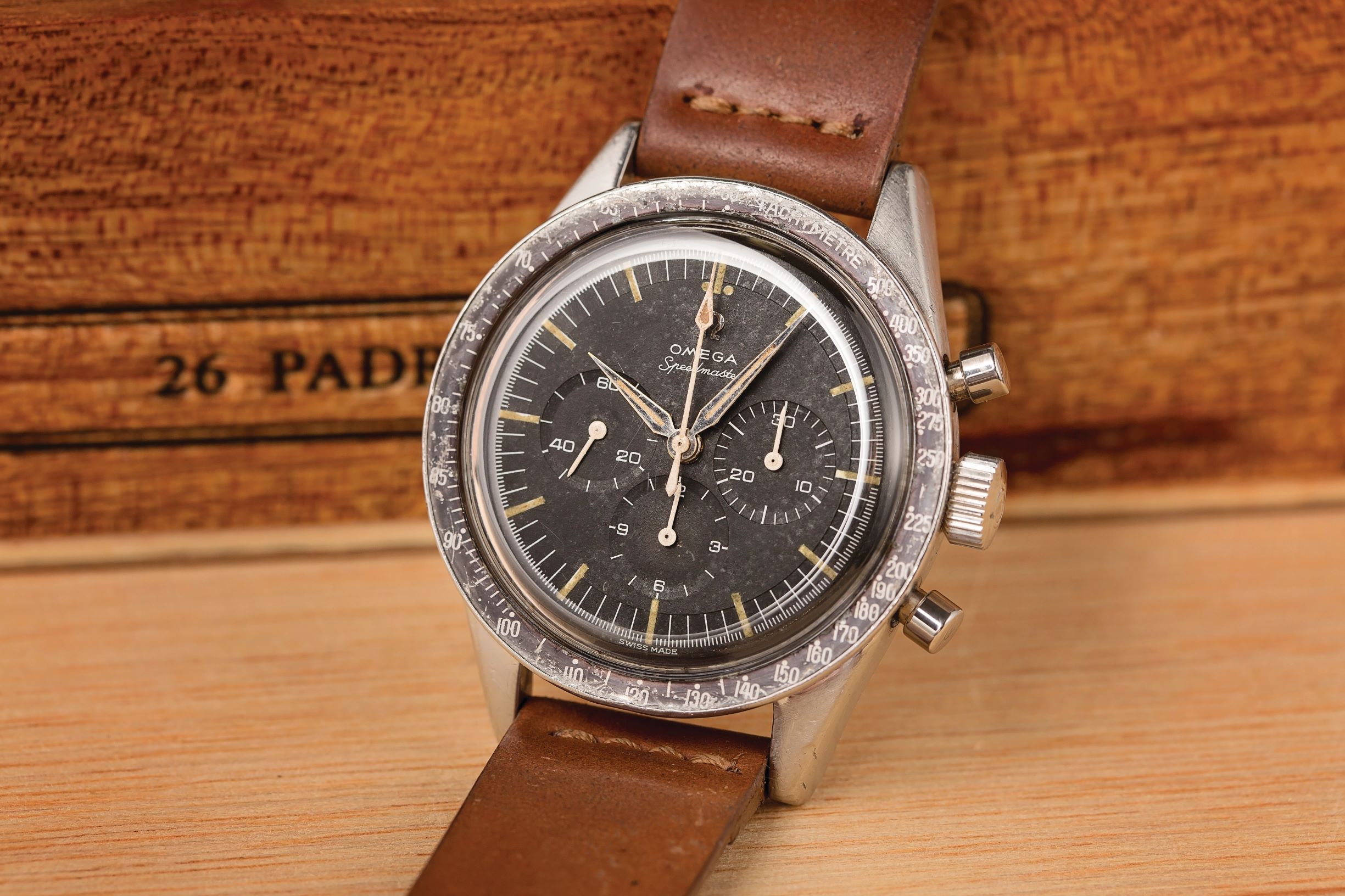
“I don’t buy watches with the intention to sell them or profit from them,” David admits. “I have always had an interest in old, high quality, handmade things [and] being able to own and take care of something that old, [and] very likely pass it on through my family. I love that about watches.”
And as to what draws him to a vintage timepiece instead of the newest release?
“Vintage watches are almost always more interesting,” he opines, “because each one comes with a unique history. Each ding or imperfection is a reflection of the watch’s life on someone else’s wrist. It’s almost like nostalgia, but the memory isn’t yours. Watches tend to change in appearance over time, particularly the dials – which can have patina and look very handsome and vintage-looking.”
This is key, the handling and treatment of these vintage pieces, as Altieri explains.
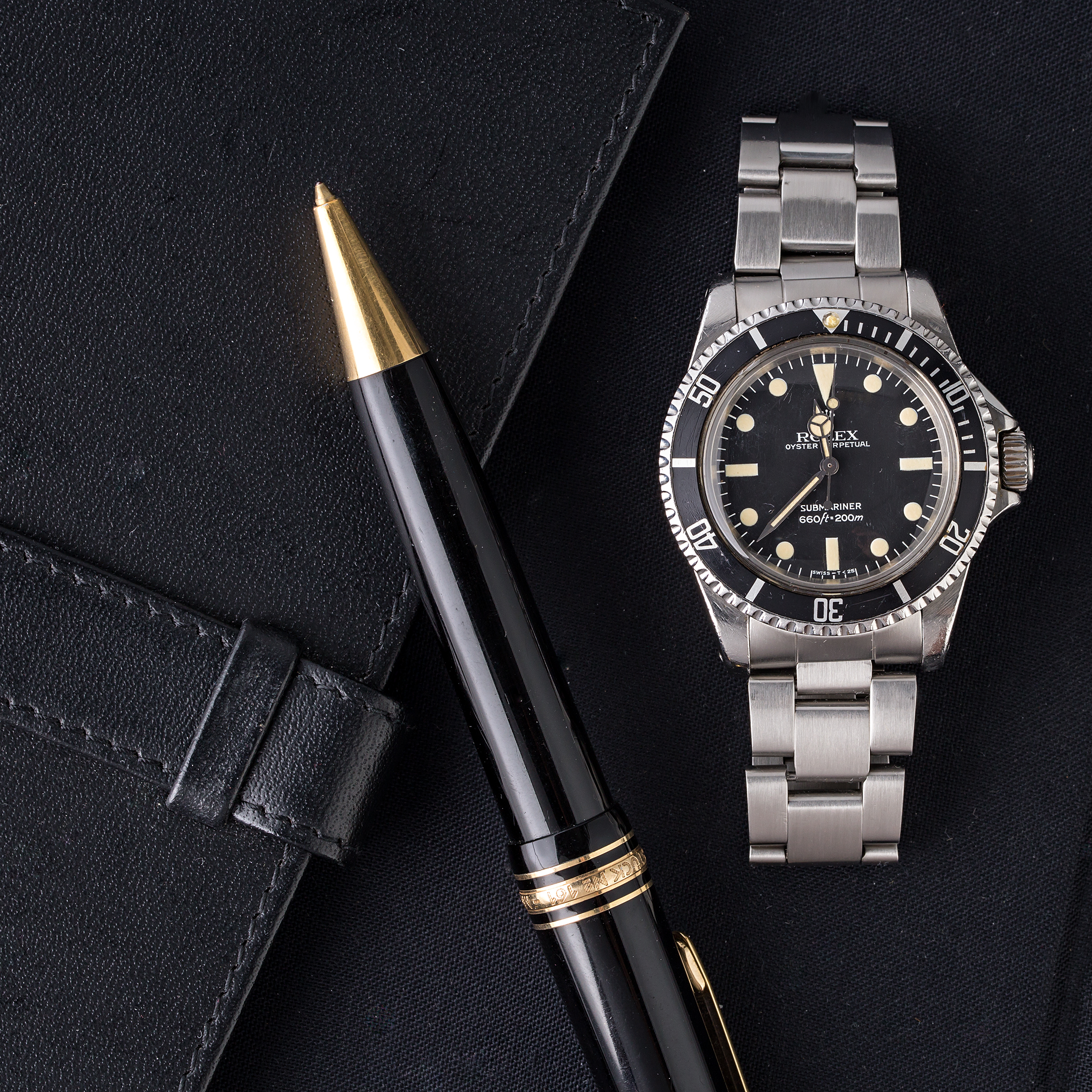
“Most collectors today want a watch that is as close to its original condition as possible. That said, we don’t recommend that you polish a vintage watch or replace any visible parts like the dial, hands or bezel. It’s perfectly fine to service or overhaul the movement as needed, just be careful not to harm the dial or the hands.”
But for all of the potential profits, and the attempts to gauge in which direction the market will move, for many of those in the industry it’s more about love and passion than strictly money, and community rather than status.
According to David, “For the true collectors, it isn’t about flexing wealth or making a statement; it is about the collecting, discussion, history, and the intimacy in wearing something that is distinctly yours. Something that is personal, and mechanical in nature in an increasingly digital world.”
